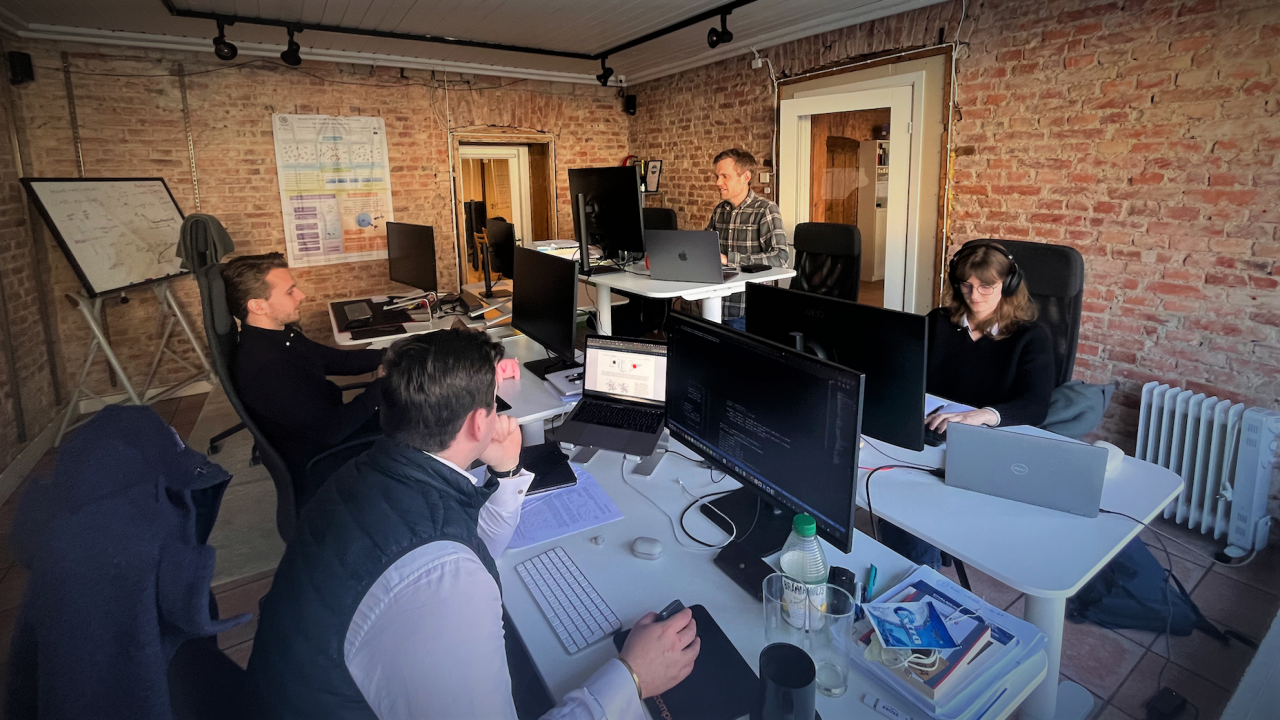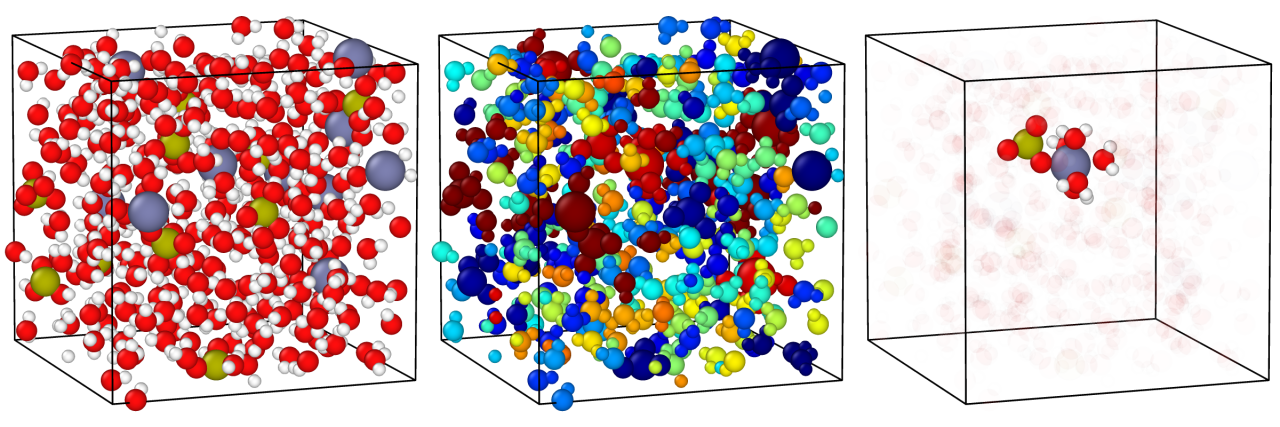Molecular Dynamics Simulations for New Battery Materials Development
New battery technology plays an important role in the transition to more sustainable societies. The European battery industry is growing rapidly, mainly driven by the increasing need for electric vehicles. To serve this increase, battery developers need to innovate and manufacture more and better batteries. This experiment intends to demonstrate the capabilities of molecular modelling in the development of better battery materials.
SECTOR: Energy, manufacturing
TECHNOLOGY USED: HPC, AI, Molecular Dynamics Simulations
COUNTRY: Sweden
The challenge
Solution
The experiment tackled both technical and business challenges by transforming Compular’s existing command-line-driven software stack into a product called CHAMPION, marketed on a pay-per-use basis and giving customers like Enerpoly an easy way to solve their problems.
CHAMPION analises the results of external MD simulations running on HPC to determine bonds in particle trajectories and detect molecular structures in the electrolyte relevant to battery chemistry performance. CHAMPION now provides a user-friendly solution by managing the coupling to an open-source MD code running on an HPC infrastructure as it requires about 1,000-10,000 core hours per simulation.
This workflow was validated on Enerpolys’ existing zinc-ion battery system at different temperatures and pressures, ensuring that it gives correct results and is trustworthy for future use on unknown, novel material combinations and battery systems, thus demonstrating the ability to predict material properties of different chemical compositions.
Business impact, Social impact, Environmental impact
As the first user of Compulars’ newly developed in-silico framework for materials properties prediction, Enerpoly now has the tools to cut down battery material R&D time and lab testing costs significantly. By running the MD simulations themselves, they better understand how different compositions and conditions lead to desired material properties. Thus, Enerpoly is able to shorten time-to-market for novel, better-performing and more affordable batteries, which is essential for the company’s competitiveness in this fast-moving field.
Compular’s potentially game-changing technology was transformed into a software product, CHAMPION, sold through a new competitive SaaS pay-per-HPC-analysis business model. This opens new market opportunities in the dynamic battery sector, with the potential to expand to other markets (e.g. composites) in the next 3-5 years. Furthermore, this experiment and growing interest from the battery industry has already secured 3 new paying customers with the full European market launch expected in 2023. Consequently, the company grew from 3 to 7 employees with further hires anticipated in 2023.
Benefits
- Enerpoly can now run millions of experiments in silico (only limited by computational resources) compared to ca.10 physical experiments per month in a typical lab.
- Enerpoly reduced laboratory experiments by 20% and related costs by 20-30% resulting in a return on investment of 5x-10x.
- Estimated 20-40% faster time-to-market for Enerpoly batteries.
- New SaaS business model: Compular already gained 3 new customers and hired 4 new employees.
Organisations involved:
ISV: Compular
Technology expert: Chalmers Industriteknik
End-user: Enerpoly
Domain expert: ENCCS



